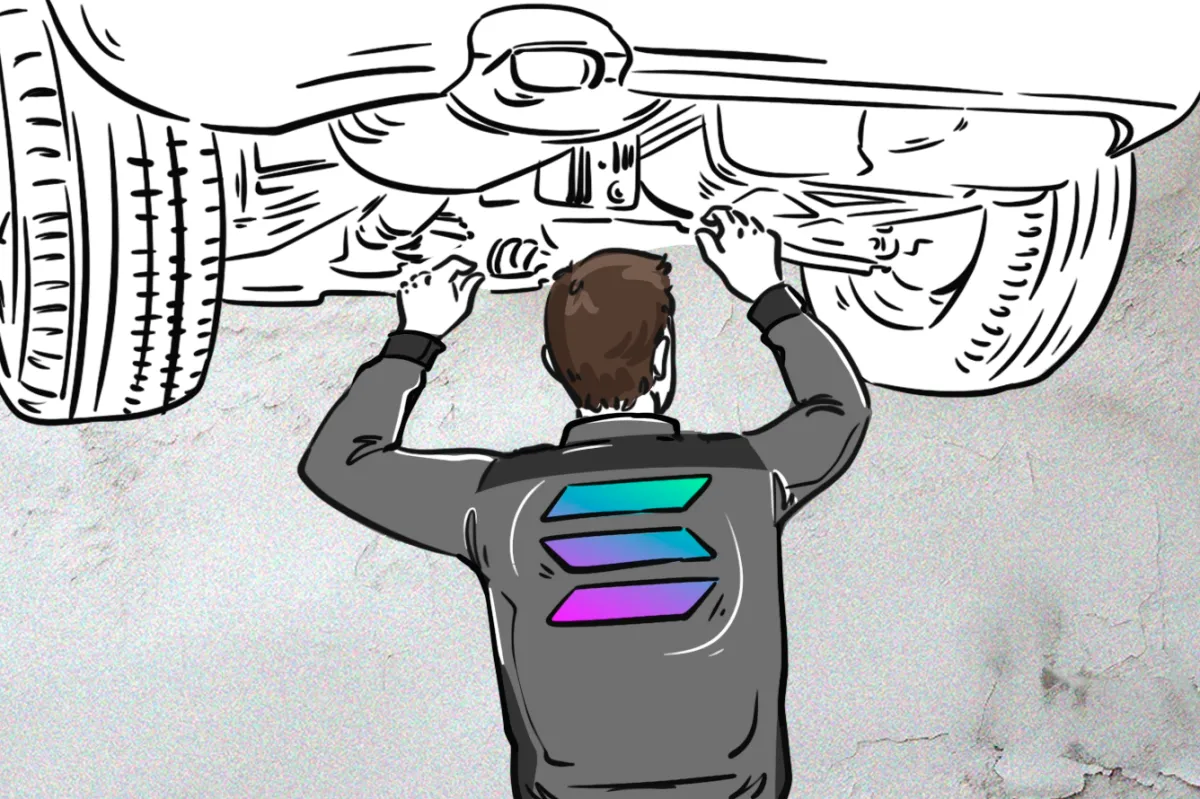
During the past week, users on Solana have been experiencing an above-average number of transactions being dropped or delayed as the network struggles with technical issues.
The blockchain's developers are working hard to resolve the issues, according to Solana co-founder Raj Gokal.
“World-class engineering teams are working around the clock to push fixes to improve the experience of submitting transactions.”
Solana has become the epicenter of the meme-coin mania that has been sweeping through the crypto industry since the beginning of March. The surge in activity by users and bots has led to “congestion bugs” in the blockchain's network-layer QUIC protocol.
Solana has been using QUIC as the protocol to connect users and block leaders since late 2022. This architecture is supposed to prevent the network from failing during periods of high activity by allowing block leaders to choose which transactions to validate based on specific criteria.
The recent problems are due to the network-layer being implemented with faulty logic: the standards upon which block leaders get to drop transactions have not been defined, and users’ requests have been discarded at random.
This creates a situation in which users have to bid more than others to increase the chances of performing a successful transaction. “Bots spam better than humans, so users get the worst end of the stick and get dropped the most,” explained Mert Mumtaz in a post on X. Mumtaz is the co-founder of developer platform Helius and a strong supporter of Solana.
Mumtaz also explained why a chart circulating in the media as evidence of Solana's problems is not read correctly. According to the developer, the chart shows transactions that were deliberately rejected by smart contracts due to bad requests, also created by bots.

Anatoly Yakovenko, the CEO of Solana Labs, recognized the issue publicly on April 5th, admitting finding a solution has been more challenging than dealing with outages - an issue that Solana already has to deal with frequently.
“Dealing with congestion bugs sucks so much more than total liveness failure. the latter is one and done, bug is identified and patched and chain continues. the former has to go through the full release and test pipeline. shipping fast is impossible.”
Despite the extra hours developers are clocking in, there is no guarantee that a fix implemented now will work. Issues like this depend on conceptual rules that guide the blockchain, which is much more than just a technical bug. Even if the issue is connected with spam bots, platforms like Solana should have mechanisms in place to protect them.
Solana is playing in the top league of blockchains by many parameters. It is also one of the most heavily loaded blockchains in terms of number of transactions. At the time of writing, the average output reported by the network stood at about 1000 transactions per second (TPS). This is high compared to most blockchains, yet far lower than the 65,000 TPS declared in its whitepaper.

While the situation persists, Mumtaz suggests, “If you want your transactions to land, simply pray to the right gods and do not sin.”

